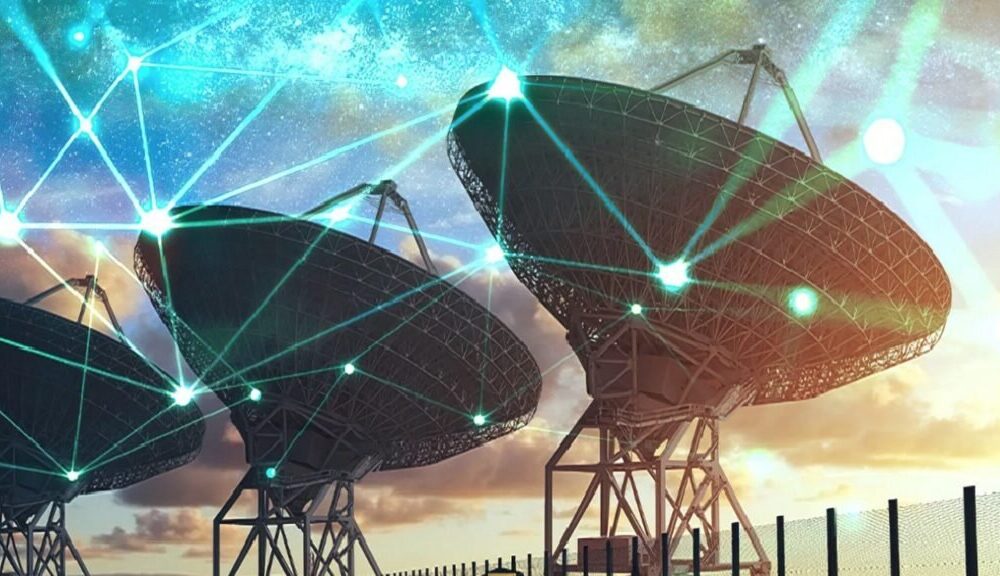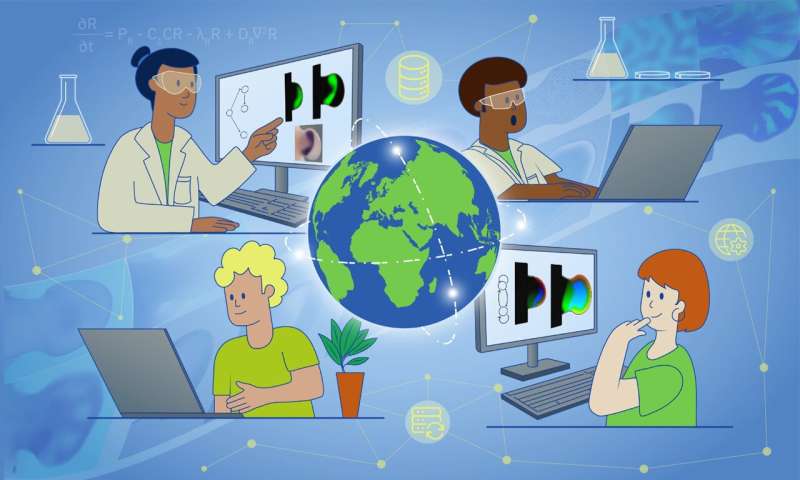The landscape of space technology is poised for a significant transformation as we approach the first half of 2025. A shift is underway, moving from predominantly government-led missions to a dynamic, private sector-driven ecosystem. This emerging environment is fostering innovation, investment, and competition, fundamentally reshaping humanity’s approach to space exploration and utilization. Technologies once viewed as experimental are now becoming integral to global industries, impacting sectors such as communication, climate monitoring, and beyond.
The Acceleration of Commercial Launch Systems
One of the most notable developments in recent years is the surge in commercial launch capabilities. Traditional space endeavors, once the sole domain of national agencies, are now characterized by a competitive market featuring key players like SpaceX, Rocket Lab, and Relativity Space. These companies are driving down production costs through innovative practices such as reusability.
By 2025, the global launch sector is expected to significantly increase the number of low-Earth satellites deployed. These satellites will support advancements in areas like gigabit internet and precision agriculture, transforming the technological landscape. Factors such as reusability, automation, and the development of new propulsion systems—ranging from electric to methane-based—are reshaping the economics of space access. These advancements not only mark technological milestones but also lay the groundwork for a scalable space economy that will sustain exploration for decades to come.
The Rise of Space Data and AI Integration
The generation of data from orbiting satellites is reaching unprecedented levels, presenting both challenges and opportunities. Satellites are continuously collecting terabytes of information on weather patterns, agricultural health, urban growth, and maritime activity. An essential component in managing this data is the integration of artificial intelligence (AI).
AI systems are rapidly becoming integral to both on-orbit operations and ground-based analytics. They enhance tasks such as image classification and environmental monitoring while automating mission planning processes. The synergy between AI and space technology is making satellite data increasingly actionable, transforming raw data into insights that inform critical decisions across various sectors including agriculture, energy, and defense.
This merger of data and intelligence is paving the way for what experts term “cognitive space infrastructure.” These systems will be capable of observing, learning, and responding autonomously. As a result, organizations in the space technology market are witnessing a surge in demand for analytics, data platforms, and advanced processing capabilities, creating new business opportunities within this rapidly evolving field.
Lunar Missions and the Return to Deep Space
The year 2025 is shaping up to be pivotal as humanity prepares to return to the Moon. The NASA Artemis program, along with various private enterprises, is advancing plans to establish a sustainable lunar presence. This initiative marks a continuation of previous lunar missions, but with the goal of building the infrastructure necessary for deeper exploration.
Private companies are developing lunar landers, mining technologies, and communication systems that can withstand the Moon’s harsh environment. Additionally, governments are investing in cooperative frameworks to facilitate the shared use of lunar resources, such as regolith and ice deposits, which can potentially be converted into water and fuel. This renewed focus on lunar exploration is not merely about discovery; it serves as a precursor to more ambitious missions targeting Mars, asteroids, and beyond.
The technologies being developed for lunar exploration are already influencing various industries on Earth, particularly in fields such as robotics, materials science, and energy storage. By the end of this decade, the Moon could emerge as the first “off-Earth economy,” supporting science, manufacturing, and possibly even tourism.
The Economic Landscape of Space in 2025
As these technological advancements converge, the economic impact of the space sector is becoming increasingly substantial. Analysts project that the global space economy could surpass $600 billion in the coming years, driven mainly by private investment, government partnerships, and downstream applications.
This evolution highlights space technology’s role as a catalyst for innovation across multiple industries. Insights gleaned from satellite data are transforming sectors such as telecommunications, logistics, and agriculture. Furthermore, venture capital continues to flow into startups offering scalable, data-driven solutions.
The space sector is transitioning from isolated projects to a cohesive marketplace where collaboration and interoperability are becoming as vital as innovation itself. Consequently, space technology is no longer viewed as a frontier; it is evolving into essential infrastructure that is intricately linked to global business and societal functions.
Looking Ahead: The Next Phase of Human Ambition
The developments of 2025 signify more than just exploration; they reflect a broader shift in humanity’s perspective on space. Rather than a distant frontier, space is increasingly seen as an extension of our technological ecosystem—a laboratory, a marketplace, and a testament to human creativity.
Key trends such as reusable rockets, AI-driven satellites, and sustainable orbital practices will shape the next decade. As our capabilities expand, the innovations occurring in space will increasingly influence life on Earth. Companies and organizations that harness these advancements are likely to lead the next phase of the digital revolution.
The year 2025 is not just another chapter in the history of space technology; it represents a pivotal moment where the future begins to take shape, demonstrating that the sky is no longer the limit for human ambition.







